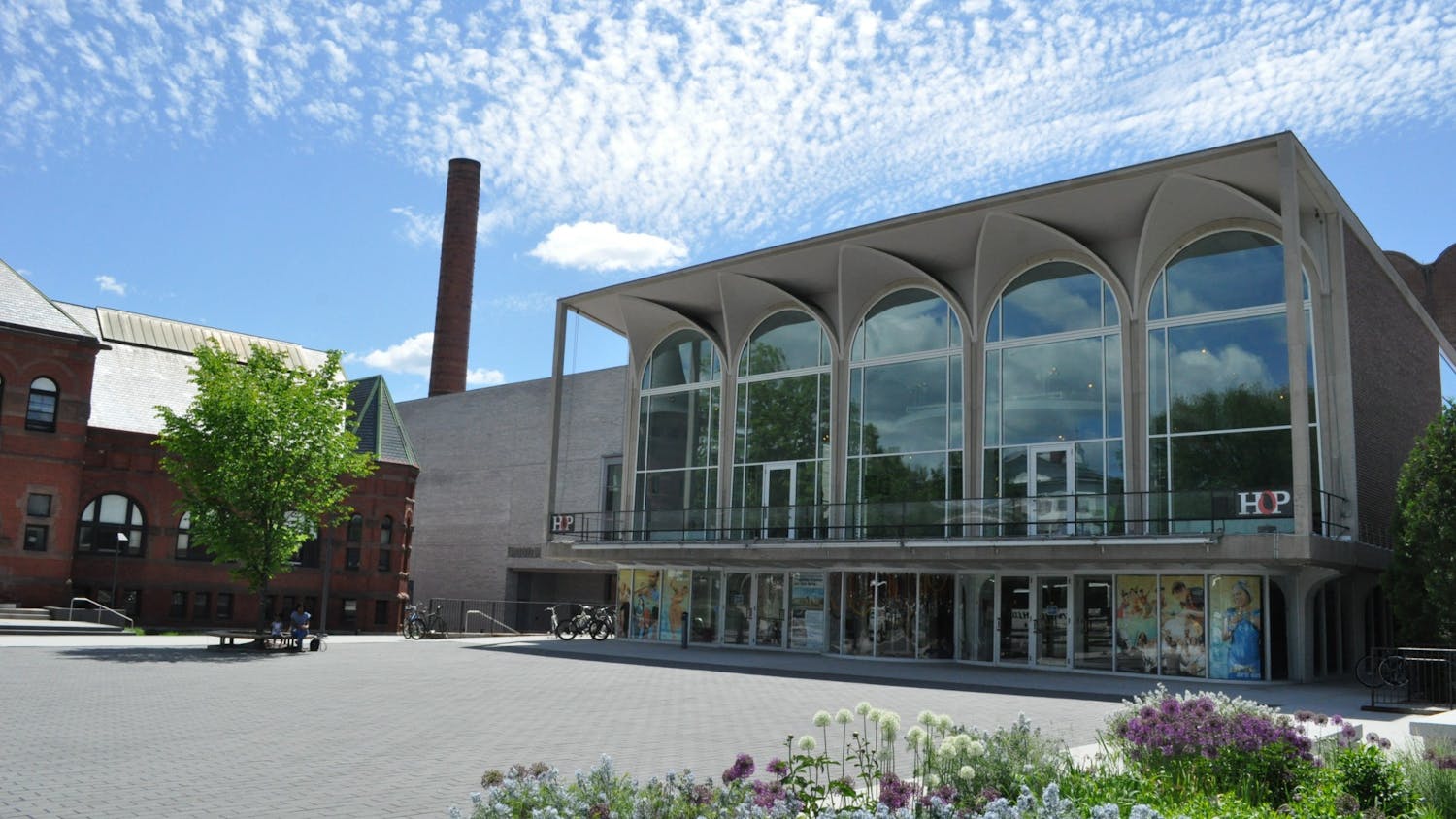"Art That Lives?" attempts to re-evaluate preconceptions about African art, according to a published description, although it is unclear precisely how the exhibition aims to achieve that goal. The exhibition starts strongly, juxtaposing African art with examples of European figural art and highlighting the similarities, but strays as it unfolds. The exhibition is presented in a series of smaller segments, each based on a particular theme.
In the portion of the exhibition titled "Art that Reconstitutes Ancestors," cross-cultural dialogue proves to be a thought-provoking way to begin the exhibition. From the Hood's existing European collections, the exhibit's curator chose extremely vivid pieces from Renaissance-era Netherlands and Rome. These pieces were chosen for the exhibit because, although they are not always visually similar to the African pieces from Gabon with which they are paired, they performed a parallel functional role, facilitating worship and holding relics. In this way, the pairings convey that all peoples use figural art to visibly represent abstract ideas.
"Art that Embodies Authority" is the most impressive section of the exhibition. The pieces selected command respect, even if the viewer is unfamiliar with the cultural context of those pieces.
Mukyeem, a Kuba tribal mask that portrays the Kuba king as an elephant, is ornate and dramatic, adorned with shells and intricate patterns of beads.
"Art That Lives?" also demonstrates the use of of figural art as a tangible bridge between the material world and the world of spirits and ancestors.
The Kaogle, a "mask of aggression" from the Cote d'Ivoire used to represent a belligerent warmonger spirit, resonates even in the sterile, impersonal environment of the museum.
Nevertheless, the exhibit misses an opportunity to develop the theme of cross-cultural comparisons. The opening portion of the exhibit presents provocative comparisons of figural art across cultures, but this theme is eventually left by the wayside. For example, Ancient Romans and Chinese both placed great emphasis on the forces of deceased ancestors in their daily lives and produced a great number of pieces to facilitate communication and exchange with them. The exhibit would have benefited from including works such as these.
Although it does not achieve its overarching goal as successfully as it could have, the exhibit is far from failure. Together, the intensely personal works create a strong sense of the various roles figural art plays within African cultures.
The culminating work of the exhibit is the Kongo's Nkisi Nkondi, a sculpture from the 19th century that was used to animate the forces of the dead. A hunter of wrongdoers, the Nkisi spirit was summoned by driving a metal spike into the wooden sculpture. The violence of the accumulated nails and other metal stakes jutting from the body of the sculpture give the piece a foreboding quality.
But the element of this statue that makes it most gripping and best embodies the essence of the art on display is the Nkisi Nkondi's eyes. Large and clairvoyant, his eyes seem to pierce the viewer with an intense, mesmerizing stare that refuses to let the viewer go. The soul of figural art, which is the ability of these works of art to inspire, activate and communicate, is embodied in this characteristic. It is on this point that the Hood Museum's Art that Lives? is immensely successful.




